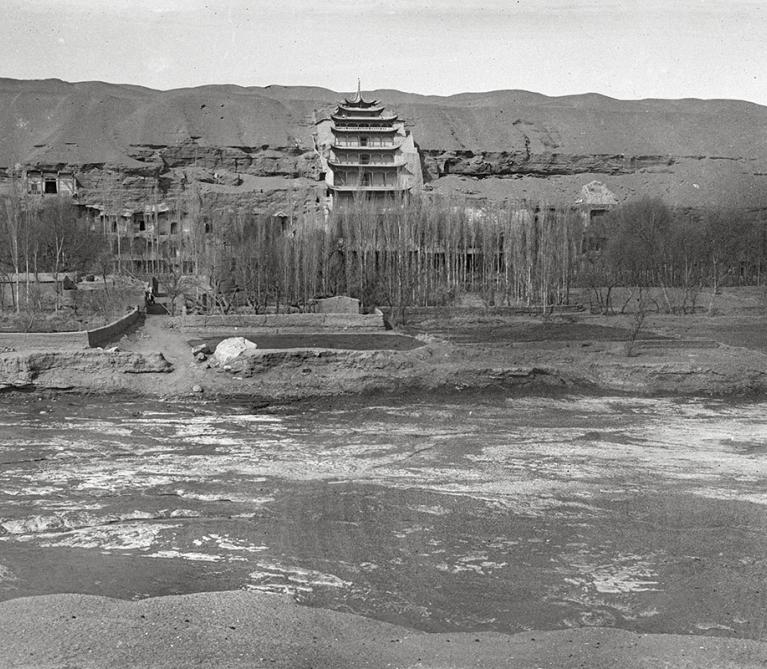Colloquia
Sites, Art, and Ideas along the Silk Road(s)
Strategically located on the edge of the Taklamakan desert in northwestern China, at the convergence of the ancient northern and southern trade routes (popularly known as the Silk Road), Dunhuang has long captivated explorers, Sinologists, and art historians, among many others. The Mogao Caves, the largest Buddhist cave complex in the area, with nearly 500 cave temples filled with murals and sculpture, has inspired and will continue to inspire scholarship on an inexhaustible range of topics. During its period of activity, from the 4th to the 14th century, the Mogao Caves, often simply referred to as “Dunhuang,” served as a center for Buddhism and a gateway for the movement of people, ideas, and goods between China and Central Asia. This symposium takes Dunhuang as a point of departure to explore other regions, artistic production, and ideas along the Silk Road.
Participants include:
Karl Debreczeny, Rubin Museum of Art
Brandon Dotson, Georgetown University
Erika Forte, Kyoto University
Amanda Goodman, University of Toronto
Valerie Hansen, Yale University
Bryan Lowe, Princeton University
Yu-ping Luk, The British Museum
Michelle McCoy, University of Pittsburgh
Michelle C. Wang, Georgetown University
Wu Hung, University of Chicago
Valérie Zaleski, Musée Guimet
Information about visiting Princeton University, including directions, parking, lodging, and campus maps can be found here.
